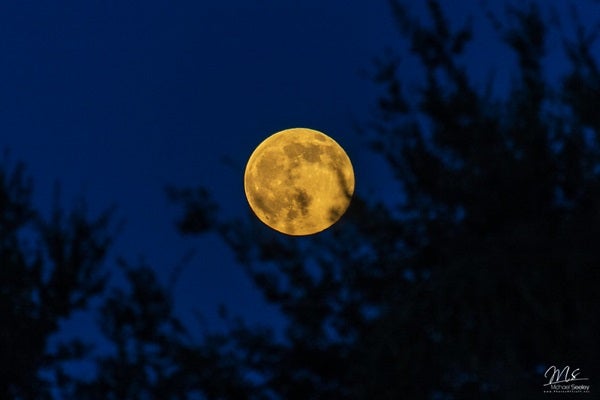
This image is the first-ever close-up of a star outside the Milky Way. The bright oval is composed of gas and dust enveloping WOH G64, suggesting the star is going through its final stages before exploding into a supernova. Credit: ESO/K. Ohnaka et al.
After years of effort, astronomers at the European Southern Observatory (ESO) have announced that they have succeeded in capturing the first close-up image of a star beyond our galaxy. This extraordinary result offers more than just stunning images: it offers a rare glimpse into the final moments of a star that will inevitably explode as a spectacular supernova.
The red supergiant star, WOH G64, is one of the largest and brightest stars in the Large Magellanic Cloud (LMC), a satellite galaxy of the Milky Way. At least 2,000 times the size of our Sun, WOH G64 is an absolute behemoth. If it were to take the place of our Sun, its bright edges would extend to Saturn’s orbit.
WOH G64 is located 160,000 light-years away in the constellation Dorado, meaning that the light we see emanating today, however bright, left the star 160,000 years ago. The star’s explosive end was sealed when it was born with a mass between 25 and 40 times that of our Sun. Massive stars like this are known to end their lives by imploding dramatically after running out of nuclear fuel in their cores. But before its explosive finale, WOH G64 spends thousands of years undergoing a violent transformation, similar to a cosmic time bomb, but on a scale far beyond human life.
The new image, taken in December 2020 using the European Southern Observatory’s Very Large Telescope Interferometer (VLTI) rooted in the Atacama Desert in Chile, captures crucial signs of the star’s imminent demise. For example, the star returned to a quiescent state in 2014 after erupting for about three decades. All that ejected material now envelops the star like a never-before-seen egg-shaped cocoon, brought into focus in the new image. The bright, dusty cocoon could also be sculpted by an invisible, bluish-white companion star, which could accumulate some of the material ejected from WOH G64, the researchers say.
“For the first time we were able to see the structures enveloping a dying star,” study co-author Jacco van Loon of the Keele Observatory in the UK, who has been studying WOH G64 since the 1990s, told Reuters. “Even in our own Milky Way we don’t have such an image.”

The latest image also shows an elliptical ring surrounding the dusty cocoon, first spotted in 2007 and still persisting. Astronomers estimate that the ring extends between 120 and 30,000 times the distance between the Earth and the Sun. While various algorithms have reconstructed the ring, upcoming observations would definitively determine whether it is truly a ring of dust or simply a photographic artifact, according to a paper outlining the imaging effort, published late last month in the journal. Astronomy and astrophysics.
The researchers note that the mass-loss behavior of WOH G64 and circumstellar material may be reminiscent of the events leading up to the widely studied supernova SN1987A in the Large Cloud. Observations of SN1987A with the Hubble Space Telescope had revealed that its progenitor star was a red supergiant about 20,000 years before its explosion and may have ejected ring-shaped material similar to what we see around WOH G64. “If this is what we’re seeing (WOH G64) do, then we’re in for a treat soon,” van Loon told CNN.
Astronomers attribute the stunning new image to GRAVITY, a new, highly sensitive instrument on the VLTI that combines light from four telescopes to achieve resolution so sharp it can distinguish a person walking on the Moon. However, WOH G64 itself is not visible in the image, as it is too faint or completely obscured by the dust it released, the researchers say. Comparing the new results with previous observations of the star, the study team concluded that the star has dimmed significantly over the past decade, another indication of its impending death.
“This star is one of the most extreme of its kind, and any drastic change could bring it closer to an explosive end,” van Loon said in a statement.

